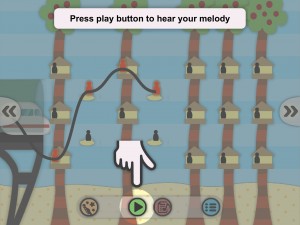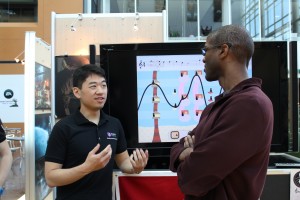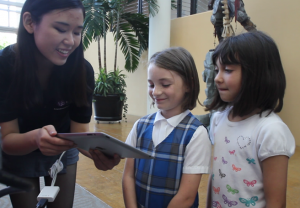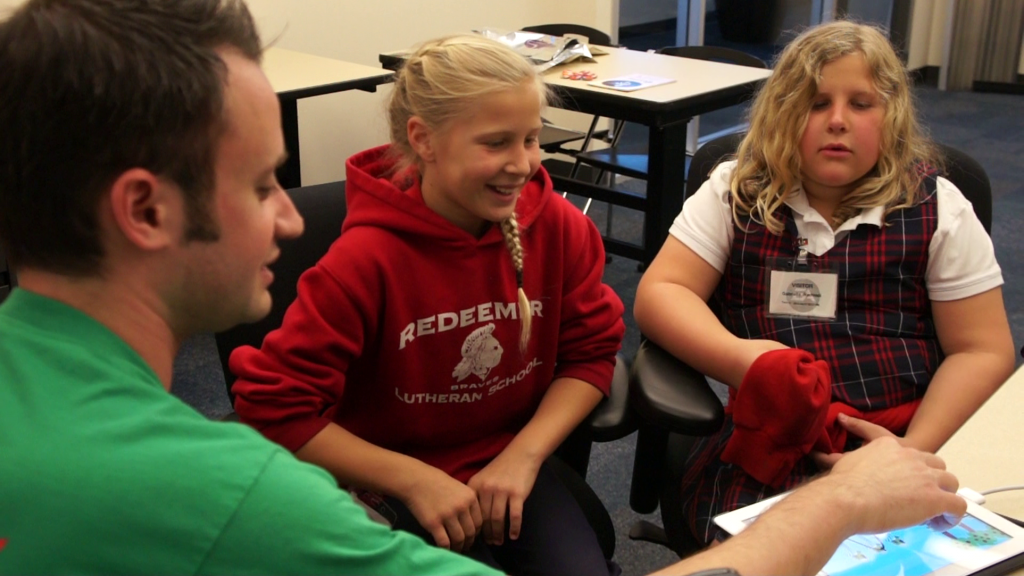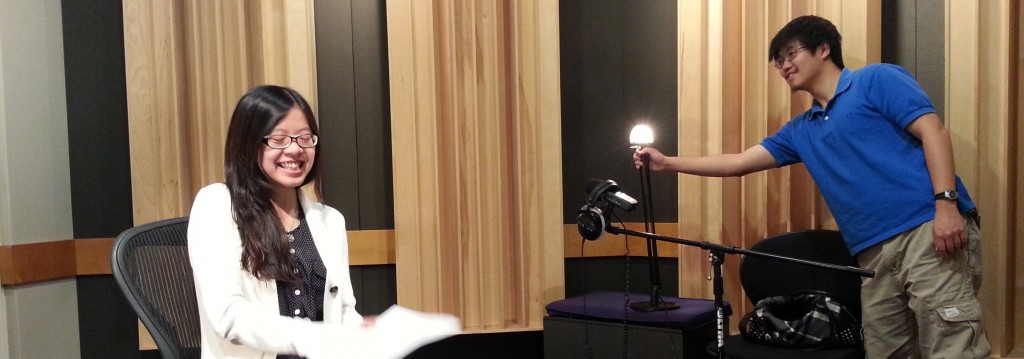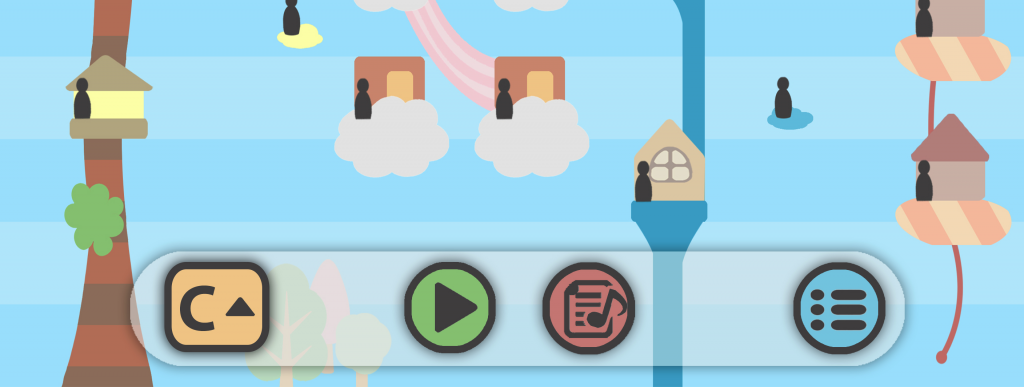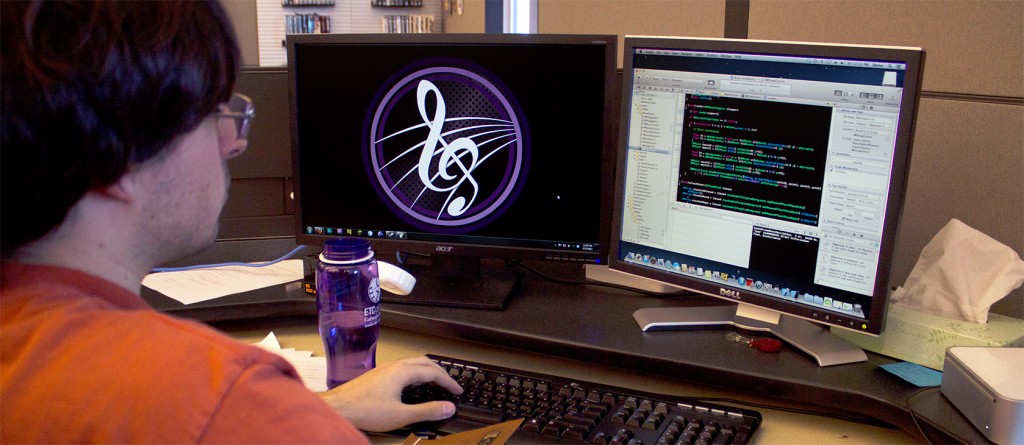
al Fine
The semester is over and Bravura is done with TuneTrain! …or are we? Find out!
Final Presentations
Final presentations went really well. People seemed very impressed with our product, or at least the people that nodded when we talked about things we discovered. (e.g. some of the EA guys when we said that a tile-based level select is more user-friendly than a swipe through level select).
Otherwise, we got really good questions about specific choices we made (Why is sheet music hidden by default? Because it can get in the way of the main screen, and not all kids wanted it), questions about development (How close are we to releasing and is it all native? Very close and yes, Xcode / Sparrow), and questions about playtesting (Were we able to measure learning? Not specifically because we designed for incidental and gradual learning but we did notice that some kids were able to draw connections when we explained the underlying music theory in our app).
Finally, we got a lot of great feedback during the post-presentation demos. EA folks, ETC alum, current ETCers on co-op, and even people from other companies all stopped by to try our app. In particular, we would like to thank ETC faculty Jessica Trybus for flying out from Pittsburgh to SV just for today to see the ETC-SV finals. Bravura appreciated your encouraging comments.
Wrapping Up
The semester is officially over. The team is archiving our work; we’ve written our post-mortem and self-assessments; we shot and edited final footage of our app for promo videos. It looks like we are ready to move on.
But we’re not done yet. Some team members will be around until the end of May to put finishing touches on TuneTrain in preparation to release it on to the app store by June. We’re really excited about TuneTrain, Jiyoung and Carl are really excited about TuneTrain, and a few of our playtesters and their parents have been exciting about TuneTrain. While there are many features we did not complete, we see a wonderful opportunity to showcase what we have made this semester.
We would like to thank each other, Jiyoung, Carl, the other ETC-SVers, and everyone who helped us this semester for a wonderful 16-weeks, and we wish the best of luck to everyone wherever they may go from here.

